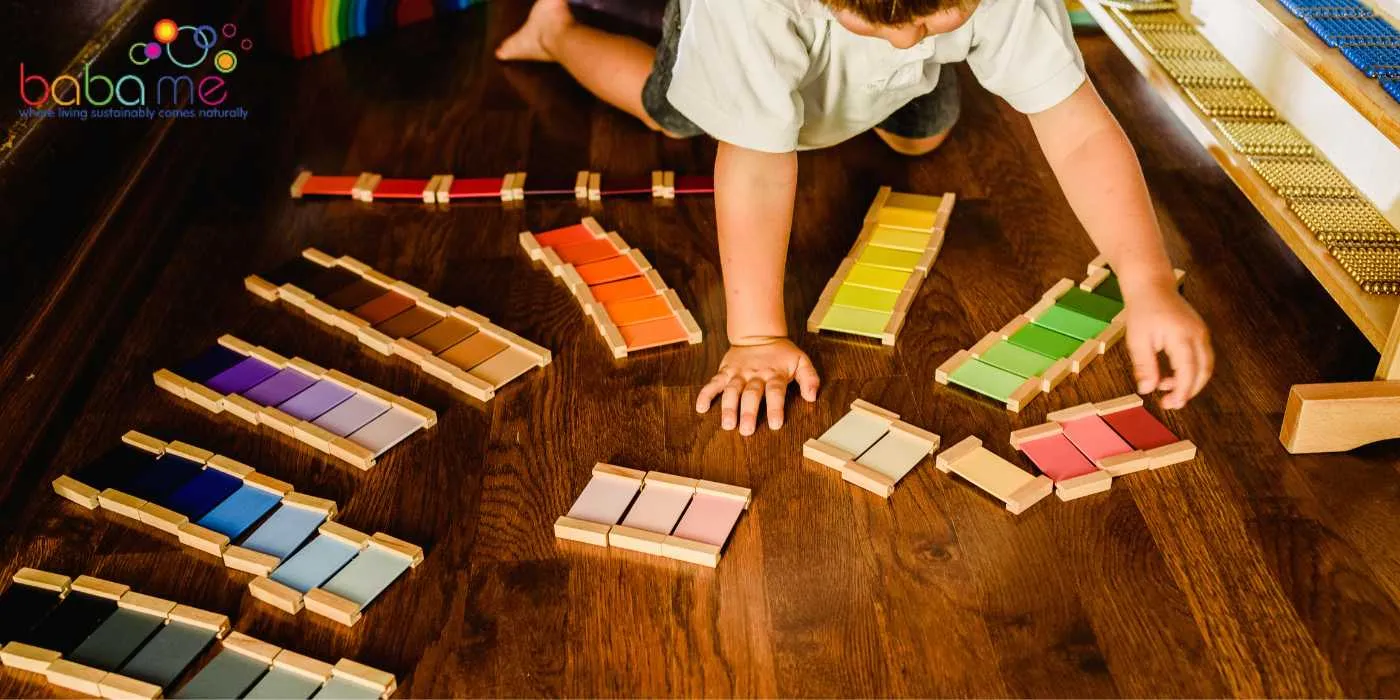Curious about the buzz surrounding open-ended play and its significance in a child’s growth journey? You’re not alone. Parents, educators, and child development experts are all advocates of the immense benefits that open-ended play brings to the table.
Fortunately, open-ended play, characterized by its unrestricted nature and infinite possibilities, has been proven to have a multitude of advantages for a child’s cognitive, emotional, and social development.
As an expert in child development and play-based learning, I’ve crafted a comprehensive guide that delves into the myriad benefits and transformative impact of open-ended play.
Let’s journey through this enlightening topic together and unravel the profound influence of open-ended play on a child’s holistic development.
Open-ended play is a type of unstructured play where children are free to use their creativity and imaginations without any predefined rules or guidelines. It’s characterized by its spontaneity and flexibility, allowing children to direct their own play and learning experiences. Rather than following specific steps to achieve a predetermined result, children engaged in open-ended play create their own paths, stories, and outcomes, utilizing their unique perspectives and ideas.
Key Takeaways
Open-ended play allows children to express their creativity freely.
There are no instructions, rules, or preset sequential guides for children to follow during open-ended play.
Open-ended play can help children develop important skills such as problem-solving, decision-making, and critical thinking.
| Benefit Category | Benefit | Description/Examples |
|---|---|---|
| Cognitive Development | Encourages Problem-Solving | Children determine their own challenges and solutions, whether they’re building a tower with blocks or creating a story with dolls. |
| Boosts Creativity & Imagination | With no set end-goal, children can invent, modify, and expand their play scenarios, allowing their imagination to run wild. | |
| Enhances Decision-Making Skills | Kids decide the direction of their play, choosing materials and determining the play sequence. | |
| Physical Development | Develops Fine & Gross Motor Skills | Manipulating play materials, whether drawing with crayons or building with blocks, refines motor skills. |
| Improves Hand-Eye Coordination | Activities like stacking, sorting, or threading beads enhance coordination. | |
| Social Development | Promotes Collaborative Play | Open-ended play often involves group scenarios, teaching children to cooperate, share, and negotiate. |
| Enhances Communication Skills | Children discuss their ideas, narrate their play, and negotiate roles, boosting their language skills. | |
| Emotional Development | Supports Emotional Regulation | The freedom in open-ended play allows children to express and manage their emotions, whether they’re acting out scenarios or creating art. |
| Builds Confidence & Independence | With no “right” or “wrong” way to play, children gain confidence in their abilities and choices. | |
| Character Development | Fosters Persistence & Resilience | Open-ended challenges teach children to handle mistakes, persevere, and try again. |
| Promotes Flexibility | As there are no set outcomes, children learn to adapt, change their ideas, and try new approaches. |
Open Ended Play in Early Childhood
As a parent, you want to provide the best possible environment for your child’s growth and development. One way to do this is through open-ended play, which is essential for your child’s overall development.
Cognitive Development
Open-ended play helps to develop cognitive skills in early childhood. When children engage in open-ended play, they use their imagination, creativity, and problem-solving skills. They learn to think critically, make decisions, and solve problems on their own. Open-ended play also helps to develop their memory, attention, and concentration skills.
Social and Emotional Intelligence
Open-ended play is also important for developing social and emotional intelligence in early childhood. When children engage in open-ended play, they learn to interact with others, negotiate, and resolve conflicts. They develop empathy and learn to understand and manage their emotions. Open-ended play also helps to boost their self-esteem and confidence.
Language Skills
Open-ended play is also beneficial for developing language skills in early childhood. When children engage in open-ended play, they learn to communicate with others, express themselves, and develop their vocabulary. They learn to use language to describe their experiences, thoughts, and feelings. Open-ended play also helps to develop their listening and comprehension skills.
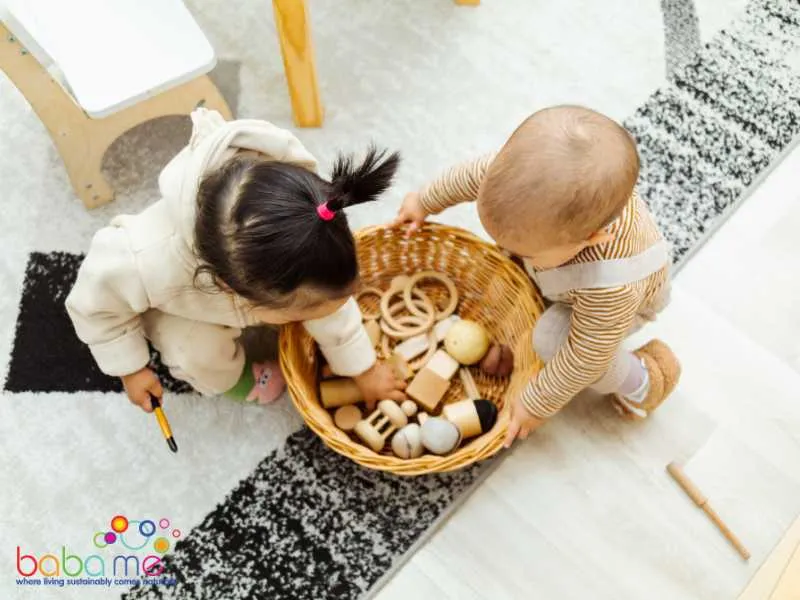
Materials for Open-Ended Play
When it comes to open-ended play, the materials that you provide can make all the difference. Here are some ideas for toys and non-toy materials that can help encourage open-ended play:
Toys for Open-Ended Play
Toys that promote open-ended play are ones that can be used in a variety of ways and don’t have a specific purpose or goal. Some great examples of open-ended toys include:
Blocks: Wooden blocks, magnetic blocks, and other building materials are perfect for open-ended play. Children can build whatever they want, and there’s no right or wrong way to use them.
Fabric: Fabric can be used for all sorts of imaginative play. Children can use it to make costumes, create forts, or even just wrap themselves up like a burrito.
Cardboard boxes: Cardboard boxes are a classic open-ended toy. They can be used to build forts, make tunnels, or even just as a pretend car or spaceship.
Tubes: PVC pipes, cardboard tubes, and other cylindrical materials can be used for all sorts of imaginative play. Children can use them to build tunnels, create marble runs, or even just as pretend telescopes.

Non-Toy Materials
Don’t limit yourself to just toys when it comes to open-ended play. There are plenty of non-toy materials that can be used to encourage imaginative play. Here are a few ideas:
Nature: Natural materials like stones, stumps, logs, branches, and pine cones can be used for all sorts of imaginative play. Children can use them to build fairy houses, create obstacle courses, or even just as pretend food for a tea party.
Loose Parts: Loose parts are any small, open-ended materials that can be used for imaginative play. Some examples include buttons, beads, shells, and feathers. Children can use them to create art, build sculptures, or even just as pretend food for a kitchen.
Recyclables: Don’t throw away your recyclables! Materials like plastic bottles, egg cartons, and cardboard tubes can all be used for open-ended play. Children can use them to create robots, build towers, or even just as pretend food for a restaurant.

Benefits of Open-Ended Play
Open-ended play has numerous benefits for children. Here are some of the ways that open-ended play can help your child grow and develop:
Boosting Creativity and Imagination
When children engage in open-ended play, they are free to use their imaginations and explore their creativity without the constraints of rules or instructions. This type of play encourages children to think creatively, come up with new ideas, and try out different ways of doing things. As a result, children who engage in open-ended play are often more imaginative and creative than those who do not.
Building Confidence and Independence
Open-ended play allows children to take control of their playtime and make their own decisions. This type of play gives children a sense of control and independence, which can help build their confidence and self-esteem. When children are allowed to make their own choices during play, they learn to trust their own judgment and become more self-reliant.
Learning from Mistakes
Open-ended play provides a low-stress environment where children can take risks and make mistakes without fear of failure or judgment. When children are allowed to make mistakes during play, they learn to problem-solve and develop resilience. They also learn that mistakes are a natural part of the learning process and that it is okay to make them.
Enhancing Focus and Resilience
Open-ended play requires children to stay engaged and focused on their play. This type of play helps children develop their attention spans and ability to concentrate. When children engage in open-ended play, they learn to persist and keep trying even when things get challenging. This helps them develop resilience and perseverance, which are important skills for success in life.
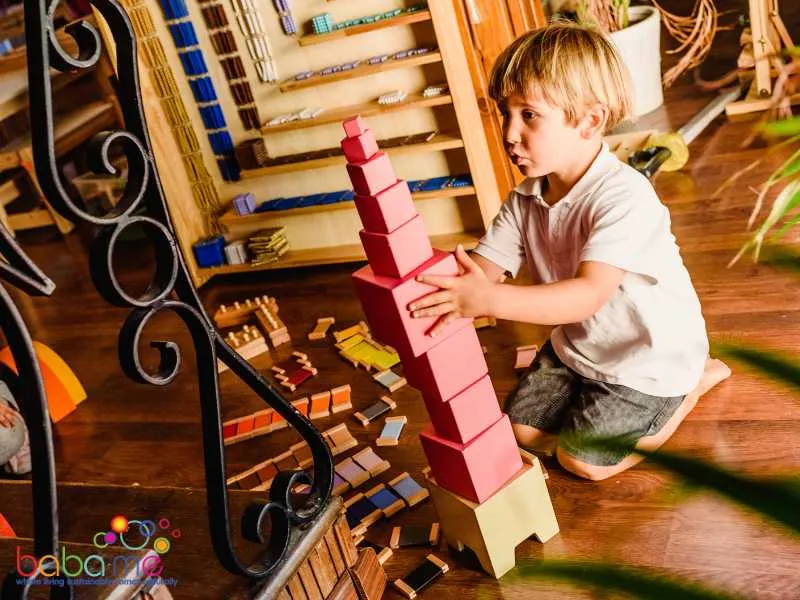
Incorporating Open-Ended Play in Daily Activities
Open-ended play is a great way to help your child develop life skills and creativity while having fun. Here are some ways you can incorporate open-ended play into your daily activities.
Playtime Activities
During playtime, encourage your child to use their imagination and creativity. Provide them with a variety of open-ended toys and materials such as blocks, play dough and playdough tools, and art supplies. Let them play freely without any specific instructions or rules. This will help them develop problem-solving skills and boost their confidence.
You can also join in on the playtime activities and engage in imaginative play with your child. This will not only help strengthen your bond but also encourage your child to explore their creativity and imagination.
Creating Play Areas
Creating a designated play area in your home can help your child engage in open-ended play more easily. This area can be a corner of a room or a separate playroom. Fill the area with open-ended toys and materials that your child can use to create and imagine.
Consider adding items such as dress-up clothes, building blocks, and art supplies to the play area. This will help your child develop a range of skills such as problem-solving, fine motor skills, and creativity.
When creating the play area, involve your child in the process. Ask them what they would like to include in the area and what types of activities they enjoy. This will help them feel more invested in the area and encourage them to use it more frequently.
Incorporating open-ended play into your daily activities can help your child develop important life skills while having fun. By providing them with open-ended toys and materials and creating a designated play area, you can encourage them to explore their creativity and imagination.
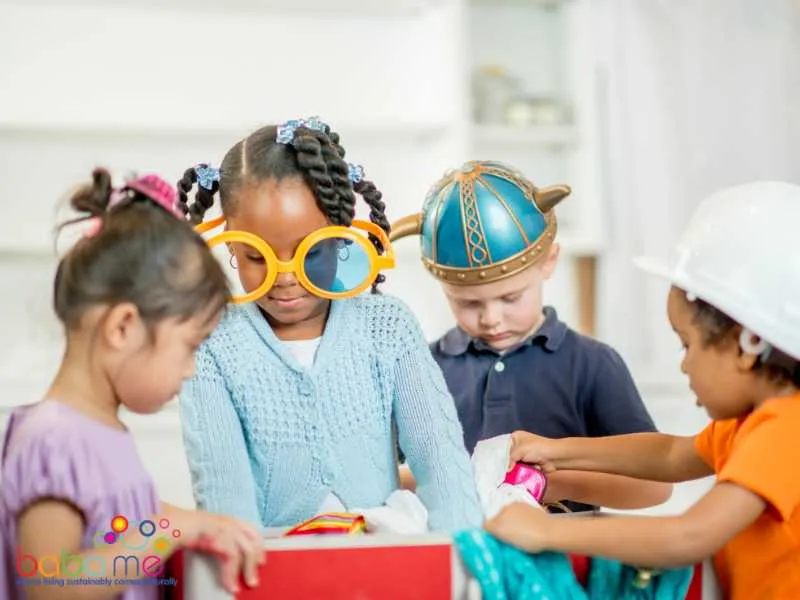
Understanding Open-Ended Play
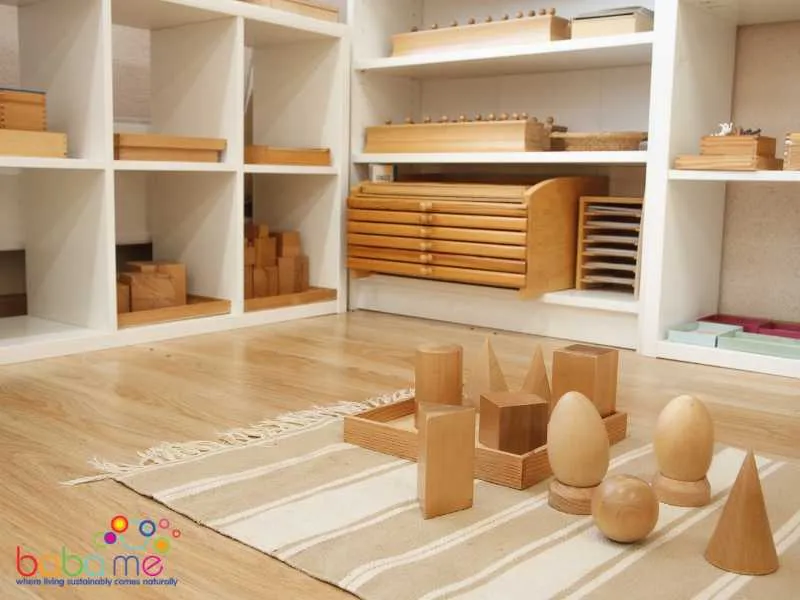
Defining Open-Ended Play
Open-ended play is a type of play that allows children to direct their own activities without the imposition of rules and instructions. Unlike structured play, there is no “right” or “wrong” way to play. Children are free to make their own decisions, express their own creativity and imagination.
Open-ended play is any kind of play that is free-form and flexible. It is play with no direction, play with no limits, rules, or interference. It is letting a child use their imagination free from predefined limits.
Open-ended play is a type of play that allows children to explore the world around them. It allows children to experiment, take risks, and make mistakes. Through open-ended play, children learn to problem-solve, think critically, and develop their own ideas.
Open-ended play can take many forms, including playing with blocks, painting, drawing, playing with sand or water, and playing with dolls or action figures.
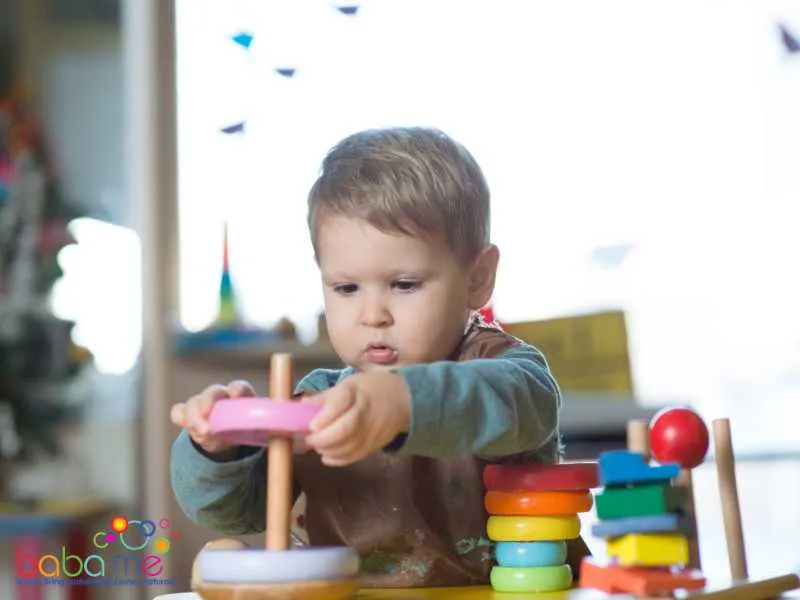
Open-Ended Play Vs Structured Play
Structured play is any kind of play that is directed by an adult or follows a set of rules or instructions. Structured play can be beneficial for children, but it can also limit their creativity and imagination. Structured play often has a clear endpoint or predetermined outcomes, which can make it less engaging for children.
In contrast, open-ended play allows children to express their creativity freely. This kind of play allows your child endless possibilities during playtime. There are no instructions, rules, or preset sequential guides for children to follow.
Unlike closed-ended games and activities, there is no “right” answer or “right” way to complete and finish the project.
Open-ended play is important for children because it allows them to develop their imagination and creativity. It also helps children to develop their problem-solving skills and to learn how to think critically.
Open-ended play is a great way for children to explore the world around them and to learn about different concepts and ideas. It is also a great way for children to have fun and to enjoy their childhood.

Importance of Open-
FAQS on Open Ended Play Meaning
What is an example of open-ended play?
Open-ended play is a type of play that doesn’t have a defined structure or rules, which allows children to use their creativity and imagination in their early years. An example of open-ended play might be providing children with a set of building blocks of different shapes, sizes, and colors, and allowing them to build whatever they wish.
With no rules block play, they might construct a house, a city, or a spaceship, or they might invent a game where the blocks are magical artifacts or even play food. The possibilities for creative play are endless, limited only by the child’s imagination as they create their own world or do pretend play with other children.
Why is open-ended play important in a child’s development?
Open-ended play is important in a child’s development for a variety of reasons. First and foremost, it encourages creativity and imagination. By allowing children to create their own rules and narratives, it helps to foster an innovative mindset. This kind of play, using thinking skills, also promotes problem-solving skills as children often come across challenges they must overcome, like figuring out how to build the tallest tower with their blocks.
Open-ended play also enhances social and emotional development. As children play together, they learn to negotiate rules, cooperate, and manage conflicts, which are all critical social skills for their future. It provides opportunities for children to express themselves and explore their understanding of the world around them.
What are the advantages of open-ended play?
The advantages of open-ended play are manifold. One key advantage is the development of cognitive flexibility, as children are required to adapt and innovate in the face of changing circumstances or objectives within their play.
It also promotes self-directed learning, where children are motivated by their own interests and curiosities. Open-ended play often involves children in making choices and decisions, thereby fostering a sense of agency and independence.
Open-ended play is usually intrinsically motivated, meaning that children participate for the pure enjoyment and satisfaction derived from the activity. This can lead to deeper and more engaged learning. It supports holistic development, integrating physical, cognitive, social, and emotional growth, making it a powerful tool for children’s overall well-being.

